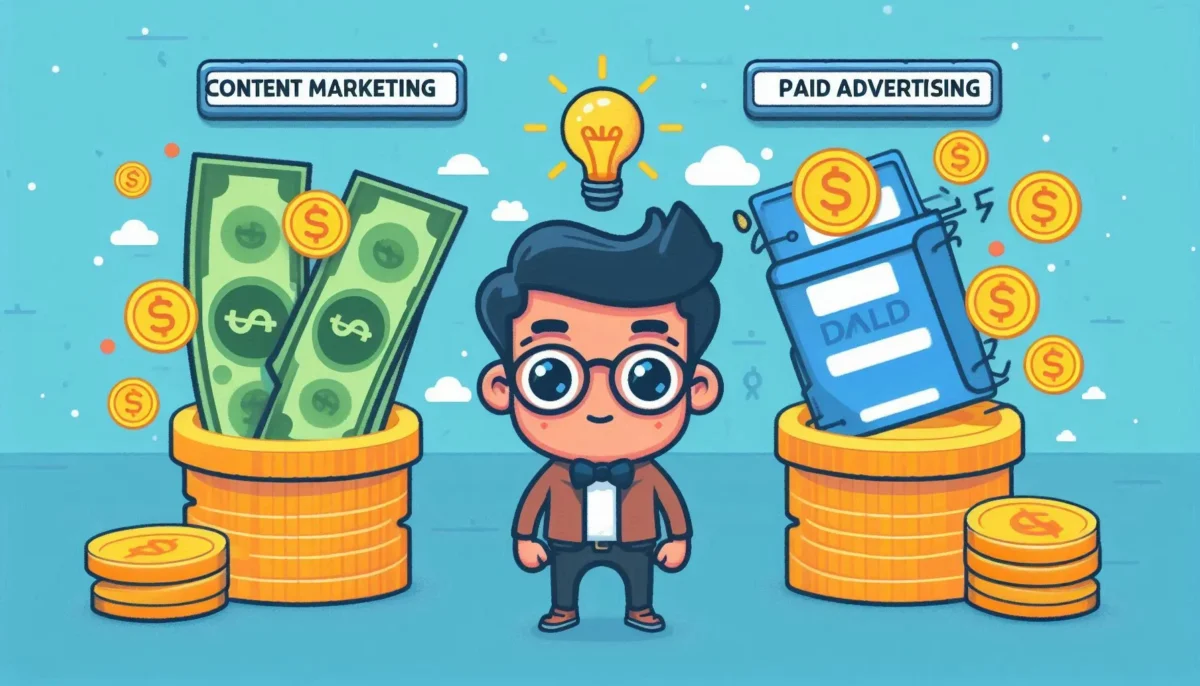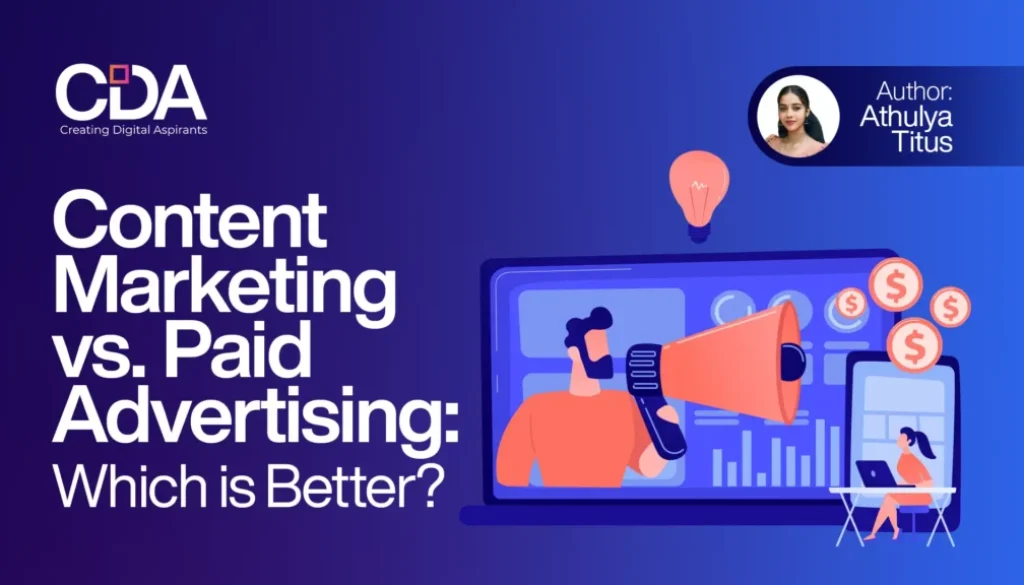Content Marketing vs Paid Advertising: Which is Better?
Choosing between content marketing and paid advertising largely hinges on your business goals, audience, budget, and the nature of your products or services.
Content marketing and paid advertising are two effective ways to boost brand awareness and engage with customers. Content marketing is all about creating useful and relevant content that draws people in and keeps them coming back, building trust along the way. On the other hand, paid advertising gives you a quick way to reach a larger audience by promoting your products or services through targeted campaigns. When used together, they really enhance each other: great content can make your ads perform better, while targeted ads can drive more traffic to your valuable content. This combination creates a strong and well-rounded marketing strategy.
Content marketing and paid advertising go hand in hand to boost your brand and connect with your audience. With content marketing, you’re creating helpful and engaging material—like blog posts, videos, and social media updates—that draws people in and keeps them coming back, building trust over time. On the other hand, paid advertising lets you quickly reach potential customers through targeted ads on various platforms. When you use both strategies together, they really complement each other: great content makes your ads more appealing, while targeted ads can drive more traffic to your content. This combination creates a well-rounded marketing approach that maximizes your impact and helps you build lasting relationships with your audience.
Table of Contents

Content Marketing:
- Advantages: Quality content can provide lasting value by driving traffic and engaging users well beyond its initial release. It’s a cost-effective strategy, especially if you can leverage existing resources. Well-crafted content fosters trust and deepens audience engagement, and it can enhance your SEO, boosting organic traffic over time.
- Challenges: Developing and promoting content is a time-intensive process, and seeing results can take longer. Consistently producing high-quality content requires dedication, and the competitive online landscape can make it tough to stand out.
Paid Advertising:
- Advantages: Paid ads offer the benefit of immediate results, making them ideal for short-term goals or urgent campaigns. They allow for precise targeting based on demographics, interests, and behaviors, helping you reach specific audience segments. Additionally, paid ads are scalable, and you can adjust your budget based on performance. Detailed analytics provided by advertising platforms make it easier to track and measure ROI.
- Challenges: The ongoing nature of paid advertising means continual costs, which can add up if not carefully managed. Ad fatigue is a risk, as audiences may grow tired of seeing the same ads, requiring fresh and engaging creatives. Additionally, your ad performance is tied to the algorithms and policies of the ad platforms, which can change.
When to Choose Which:
- Opt for Content Marketing if: You aim to build long-term relationships and brand loyalty, have a tighter budget, or want to improve your search engine rankings for sustained traffic.
- Opt for Paid Advertising if: You need quick results, have a larger budget for targeted outreach, or want to experiment and refine different messages rapidly.
Ultimately, the best approach depends on your unique objectives and resources. Integrating both strategies can help you harness their respective strengths and create a well-rounded marketing plan.

Conclusion
Deciding whether to focus on content marketing or paid advertising really comes down to what your business needs and what you’re aiming to achieve. Content marketing is great for building trust, connecting with your audience, and growing your organic reach over time. On the other hand, paid advertising can get you quick results, target specific groups, and scale easily. Many businesses find that using both strategies together gives them the best results. By tailoring your approach to your goals, budget, and audience, you can craft a marketing plan that supports long-term growth and helps you reach your objectives.
Author Info
Athulya Titus, a Best digital marketing expert in Wayanad
Learner of CDA Digital Marketing Academy in Kerala




